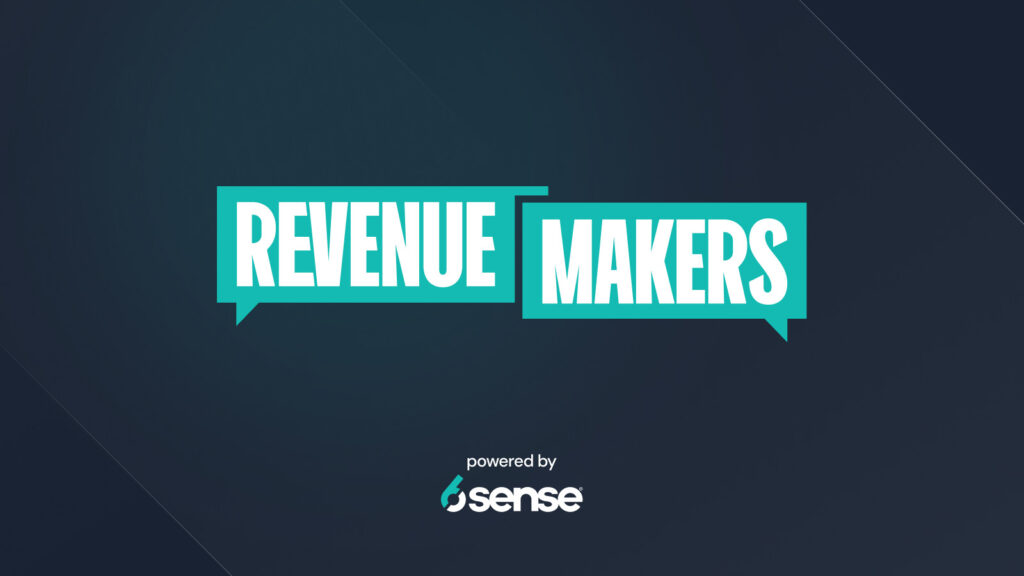What is B2B Marketing Attribution?
B2B marketing attribution is the process of identifying and assigning credit to the marketing channels or touchpoints that played a role in a customer’s journey towards a specific action.
It involves:
- Tracking the user journey
- Analyzing the touchpoints across the customer journey to determine which channels led to desired actions
- Optimizing marketing efforts to maximize ROI
How to Develop a B2B Marketing Attribution Model
Attribution can be a complex process, for B2B sales organizations whose customers often spend months doing research before a decision, and interact with multiple touchpoints before converting.
Follow this step-by-step process to create your organization’s marketing attribution model:
1. Define your objectives:
Identify your business goals, the KPIs that will help you measure progress towards those goals (such as conversion rate, sales cycle length, marketing-influenced pipeline), and the customer journey stages that are most important to your business.
2. Gather data: Collect intent data from various sources such as your CRM, analytics, and marketing automation tools to identify touchpoints in the customer journey, including website visits, email opens, content downloads, and event attendance.
3. Analyze touchpoints: Analyze the data collected to identify which touchpoints are most impactful in driving leads and sales. This may require creating a taxonomy of touchpoints and assigning weights to each one based on its impact on the customer journey. Many companies do this manually, but AI sales intelligence platforms can automate lead weighting by analyzing past deals and the factors that led prospects to become buyers.
4. Assign credit: Once you’ve identified the most impactful touchpoints, assign credit to each one based on its role in the customer journey. You can use different attribution models such as linear, time decay, or position-based to determine how much credit each touchpoint deserves.
5. Optimize marketing efforts: Use the insights gained from your attribution model to optimize your return on marketing investment. This may involve reallocating marketing budget to the most effective channels, creating more targeted content for specific touchpoints, or adjusting messaging based on the customer journey stage.
6. Iterate and refine: Attribution models require constant iteration and refinement. If you’re not using AI for lead scoring and pipeline forecasting, be sure to regularly review and adjust your model as needed to make sure it continues to accurately reflect the impact of your marketing efforts on customer behavior.
7. Communicate results: Make sure to report the results of your attribution model to key stakeholders in your organization. This will help build buy-in and keep everyone aligned around the most effective marketing channels and tactics.
First Touch Attribution Model vs. Multi-Touch Attribution Model
There are several types of attribution models, but the two that are most relevant for B2B are the first touch attribution model, and the multi-touch attribution model.
The first touch attribution model gives full credit for a conversion to the first touchpoint that a prospect engages with before converting. This model assumes that the first touchpoint is the most important in the customer’s journey, and has the biggest impact on the conversion.
To use a first touch attribution model, you need to track and record the first touchpoint that a prospect engages with in your marketing and sales funnel. This could be a website visit, a content download, or attending an event.
The first touch attribution model is best suited for businesses that rely heavily on top-of-the-funnel marketing activities such as content marketing or events to generate leads. It helps marketers understand which specific activities are driving initial awareness and engagement among their target audience.
Multi-touch attribution models, as the name suggests, assign credit to multiple touchpoints throughout a customer’s journey, rather than just the first touchpoint as in the first touch attribution model.
There are different types of multi-touch attribution models:
- Linear attribution assigns equal credit to all touchpoints
- Time decay attribution gives more credit to touchpoints that are closer to the conversion event
- Position-based attribution gives more credit to touchpoints that are at the beginning and end of the customer journey.
To use a multi-touch attribution model, you need to identify and track all touchpoints that a prospect or customer engages with during their journey, as well as the order in which they interact with those touchpoints. This data can be collected from a variety of sources such as web analytics tools, CRM systems, and marketing automation platforms.
Multi-touch attribution models are better suited for businesses with longer and more complex customer journeys, where multiple touchpoints may be necessary to influence a buying decision. They provide a more comprehensive view of the customer journey and help businesses to understand the impact of each touchpoint on the conversion event.
The comprehensive nature of multi-touch attribution makes it generally the more accurate model when compared to first touch attribution.
| First Touch Attribution Model | Multi-Touch Attribution Model | |
| Credit Assignment | Only credits the first touchpoint in the customer journey | Credits multiple touchpoints in the customer journey |
| Suitability by Business Type | Suited for businesses with shorter sales cycles and simpler customer journeys | Suited for businesses with longer sales cycles and more complex customer journeys |
| Value of Touchpoints | Overvalues top-of-the-funnel activities and undervalues bottom-of-the-funnel activities | Gives credit to all touchpoints and helps businesses to understand the entire customer journey |
| Accuracy and Comprehensiveness | Less accurate and comprehensive than multi-touch attribution models as it only considers the initial touchpoint | Generally considered to be more accurate and comprehensive than first touch attribution models, as the entire customer journey is considered |
B2B Marketing Attribution Best Practices
These are the top best practices, strategies, software, and trends for organizations that are working on developing a marketing attribution model in 2023:
- Use a multi-touch attribution model to get a more comprehensive understanding of the customer journey and which touchpoints are most influential in driving conversions.
- Leverage software that takes a data-driven approach to attribution, leveraging advanced predictive marketing analytics and machine learning to automate the process and gain insights into which touchpoints and campaigns are having the biggest impact on revenue.
- Implement an account-based attribution strategy that looks at the entire account journey, rather than just individual leads or contacts, to better understand the impact of marketing and sales efforts on each decision maker.
- Use attribution software that integrates with your existing marketing technology stack, such as CRM, marketing automation, and web analytics tools, to collect and analyze data from multiple sources.
- Focus on measuring marketing impact beyond lead generation, such as revenue generated, pipeline acceleration, and customer retention, to get a more holistic view of the impact of marketing on the business.
- Experiment with new types of touchpoints and campaigns, such as influencer marketing, conversational marketing, and personalized content experiences, to understand how they impact the customer journey and influence conversions.
Monitor trends in marketing attribution, such as the increasing use of machine learning and artificial intelligence to determine buyer intent, the adoption of more advanced attribution models, and the integration of offline and online touchpoints, to stay up-to-date and optimize your marketing attribution strategy for maximum impact.





